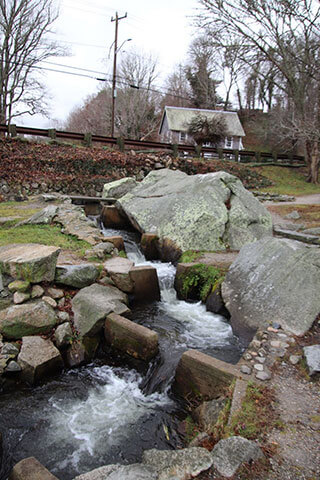 The annual herring run on Cape Cod is a spectacular natural phenomenon that occurs annually during the spring months. This annual herring run the result of the migration of millions of Atlantic herring from the open ocean into the freshwater streams and rivers of Cape Cod to spawn.
The annual herring run on Cape Cod is a spectacular natural phenomenon that occurs annually during the spring months. This annual herring run the result of the migration of millions of Atlantic herring from the open ocean into the freshwater streams and rivers of Cape Cod to spawn.
Each year, the herrings are a vital part of the local ecosystem, as they provide food for a wide range of predatory birds, mammals, and fish. They also play a crucial role in the nutrient cycle of the freshwater systems in which they spawn, as the nutrients released by their decomposing bodies help to fertilize the surrounding vegetation and promote the growth of other aquatic species.
Where to Watch the Annual Herring Run on Cape Cod
One of the most popular places to witness the annual herring run on Cape Cod is at the Stony Brook Fishway in Brewster. Here, visitors can watch as the herring make their way up the fish ladder, which is a series of steps and pools designed to help the fish navigate around obstacles and reach their spawning grounds upstream.
Cape Cod Herring Conservation
The herring runs on Cape Cod have been the subject of much research and conservation efforts in recent years, as declining populations have raised concerns about the long-term viability of the species. The Massachusetts Division of Marine Fisheries has implemented a number of measures to protect the herring, including limiting fishing quotas and improving fish passage facilities like the Stony Brook Fishway.
History of the Herring Runs
The herring runs on Cape Cod have a long history that dates back thousands of years to the time when the region’s indigenous peoples first settled in the area. For these peoples, the herring runs were a vital source of food, providing a reliable source of protein during the spring months when other food sources were scarce.
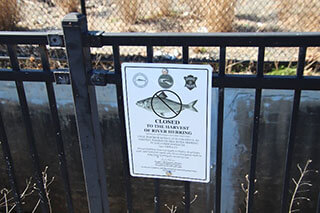 The Wampanoag people, who inhabited the region around Cape Cod, Martha’s Vineyard, and Nantucket, relied heavily on the herring runs for their sustenance. They developed complex fishing techniques that allowed them to catch large numbers of herring, which they would then smoke, dry, or store in pits for use throughout the year.
The Wampanoag people, who inhabited the region around Cape Cod, Martha’s Vineyard, and Nantucket, relied heavily on the herring runs for their sustenance. They developed complex fishing techniques that allowed them to catch large numbers of herring, which they would then smoke, dry, or store in pits for use throughout the year.
The Wampanoag also believed that the herring runs were a sacred event and performed ceremonies to honor the fish and ensure their continued abundance. They would offer prayers, songs, and dances to the fish, and would sometimes decorate their nets and fishing gear with colorful beads and shells.
With the arrival of European settlers in the 17th century, the herring runs on Cape Cod came under increasing pressure from commercial fishing and other human activities. Many of the rivers and streams that the herring relied on for spawning were dammed or otherwise altered, which made it difficult for the fish to reach their traditional spawning grounds.
The history of the herring runs on Cape Cod is intimately tied to the history of the region’s indigenous peoples, who recognized the importance of these fish long before anyone else. Today, the herring runs remain a symbol of the region’s natural beauty and cultural heritage, and efforts to protect them are a testament to the enduring legacy of the Wampanoag and other indigenous peoples who have called this area home for millennia.
Creating Fish Ladders to Protect the Herring
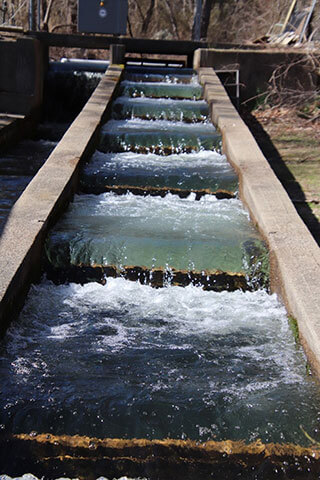 In recent years, there has been a renewed focus on protecting the herring runs on Cape Cod and restoring the ecological balance that has been disrupted by centuries of human activity. Efforts are underway to improve fish passage facilities and remove barriers to migration, as well as to reduce fishing pressure and ensure the long-term sustainability of this important species.
In recent years, there has been a renewed focus on protecting the herring runs on Cape Cod and restoring the ecological balance that has been disrupted by centuries of human activity. Efforts are underway to improve fish passage facilities and remove barriers to migration, as well as to reduce fishing pressure and ensure the long-term sustainability of this important species.
Fish ladders are structures built into rivers and streams that help fish like herring navigate around obstacles such as dams and weirs and reach their spawning grounds upstream. In the context of the herring runs on Cape Cod, fish ladders play a critical role in ensuring that the herring can complete their migration and reproduce successfully.
Herring typically spawn in freshwater rivers and streams, but many of these waterways are blocked by dams or other barriers that can prevent the fish from reaching their traditional spawning grounds. Fish ladders provide an alternative route for the herring to travel, allowing them to swim up a series of pools or steps and bypass the obstruction.
One of the most well-known fish ladders on Cape Cod is located at the Stony Brook Fishway in Brewster. This fish ladder is designed specifically for herring and features a series of 11 pools that the fish can swim through to reach their spawning grounds upstream. The fish ladder is also equipped with screens that prevent predators like birds and larger fish from entering and preying on the herring as they swim up.
In addition to fish ladders, there are other techniques that are used to help the herring runs on Cape Cod, including removing or modifying dams and other barriers that impede fish migration, and stocking streams with herring to increase the population. These efforts are critical for maintaining healthy populations of herring and preserving the ecological balance of the region’s freshwater systems.
Importance of the Herring Run
The annual herring run count on Cape Cod is important for several reasons. First and foremost, it provides valuable data on the size and health of the herring population in the region.
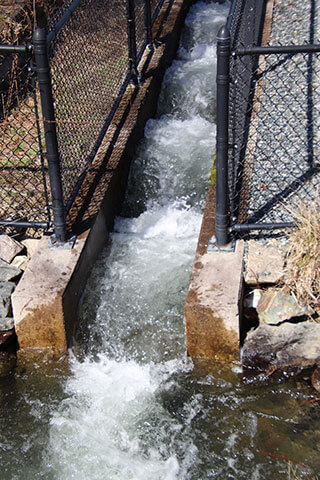 By tracking the number of herring that make their way up the streams and rivers to spawn each year, scientists and fisheries managers can assess the overall health of the population and make informed decisions about how to manage the fishery. The count can even provide insight into the current ocean conditions
By tracking the number of herring that make their way up the streams and rivers to spawn each year, scientists and fisheries managers can assess the overall health of the population and make informed decisions about how to manage the fishery. The count can even provide insight into the current ocean conditions
Also, the herring run count is important for recreational fishing. Herrings are a popular target for recreational fishermen, particularly during the spring spawning run. By tracking the number of herring that are available for fishing each year, fisheries managers can set appropriate catch limits and ensure that the fishery remains sustainable.
Without a doubt, the annual herring run count on Cape Cod is a critical tool for managing the herring population, conserving the species, and maintaining the ecological health of the region’s freshwater systems.
Why not do your part and volunteer to help with the annual herring run? It’s a great way to get out, help the community and do something positive for the environment while you enjoy the great outdoors. Become a herring monitor!








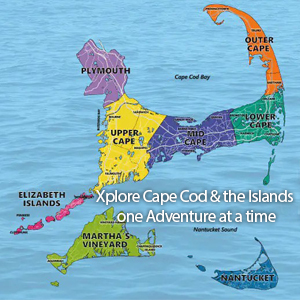
This Post Has 2 Comments
Terrific story! The Centerville run was dug by Civil War veterans in 1867. Almost all our herring pass at night or at dawn. No easy public access to watch the migration here.
Thanks for the additional info!